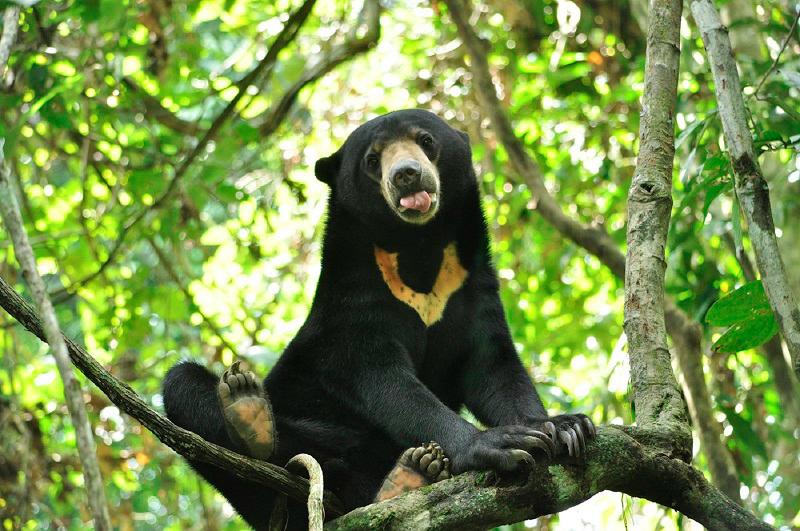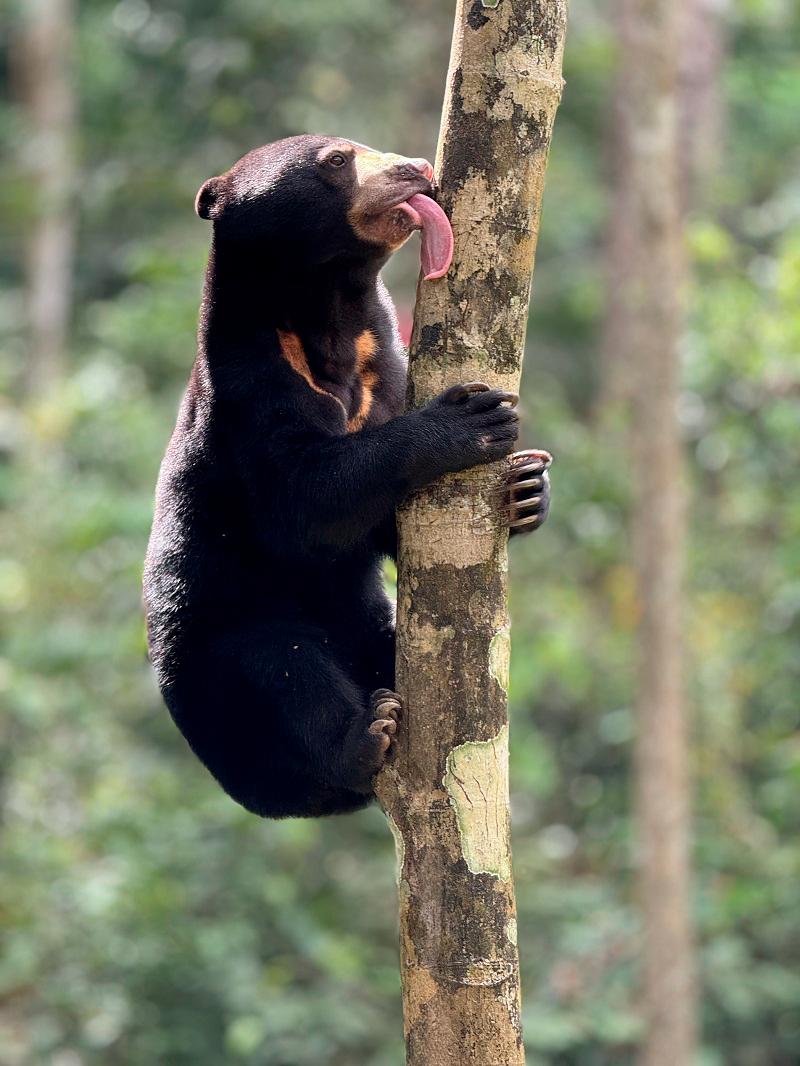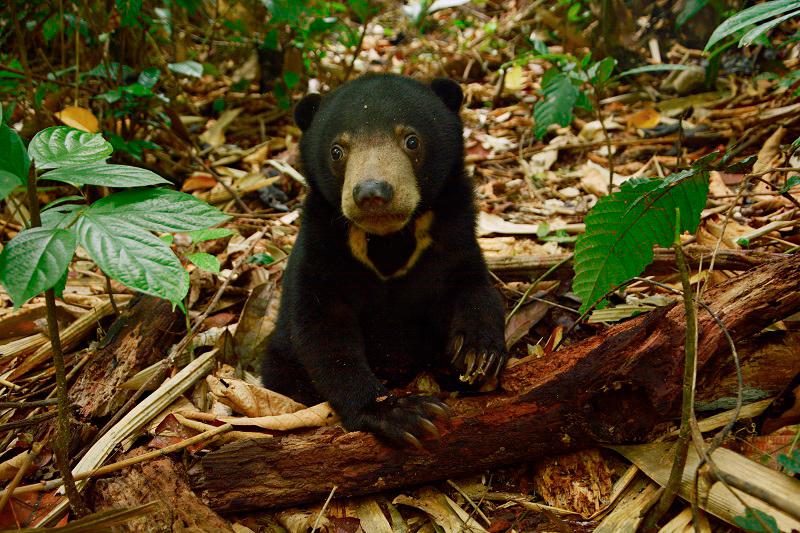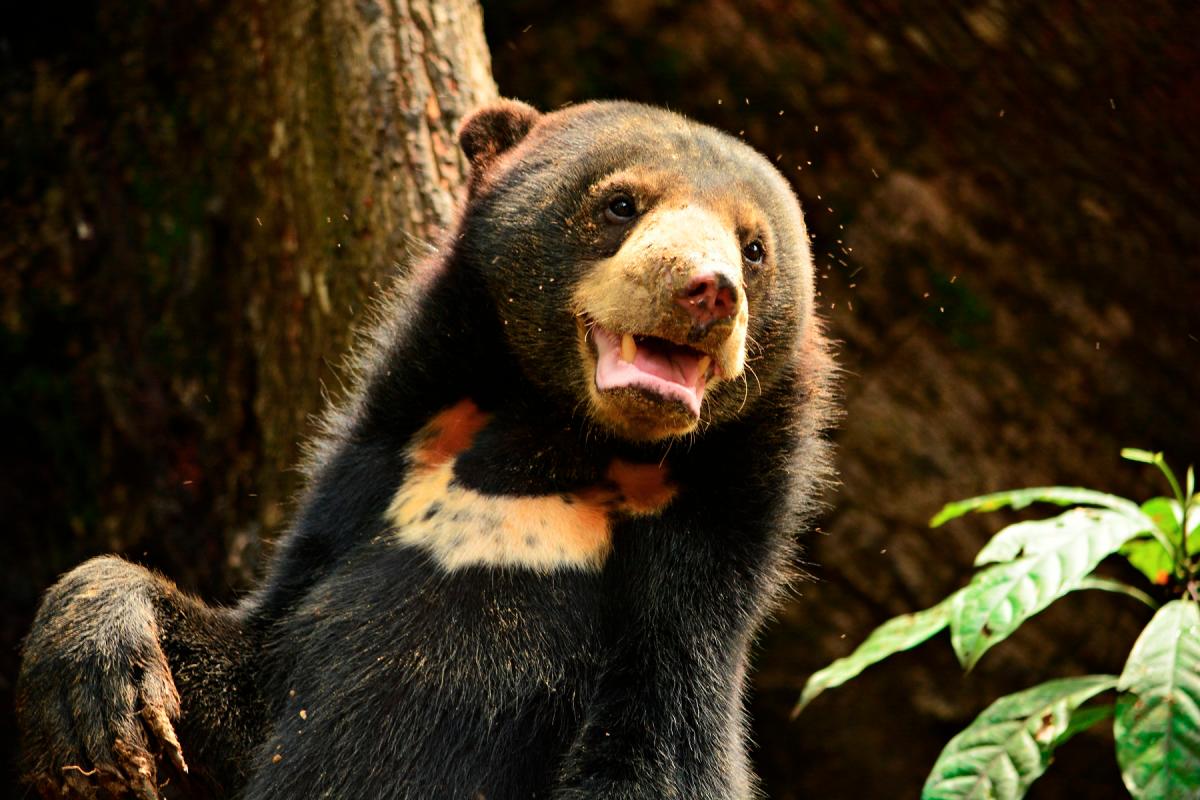WHEN Tourism Malaysia unveiled the sun bears Wira and Manja as mascots of Visit Malaysia 2026, many gushed over their cuteness that could rival pop culture favourites Paddington and Winnie the Pooh.
The smallest and rarest of its kind, these bears have not always enjoyed the spotlight. Even so, their population have fallen victim to poachers, deforestation and industrialisation.
The lack of education on sun bears is the crux of the issue as our ignorance contributed to the negligence of these creatures and the preservation of their habitat.
To learn more about these gentle beasts, theSun sat down with wildlife biologist Dr Wong Siew Te, who has spent his life working to preserve the dwindling population of sun bears.

Sun bear mission
Wong started his mission 27 years ago when he was chosen to study wild sun bears’ ecology in Sabah. What began as a scientific study turned into a passion project for the man affectionately known as Papa Bear.
“After knowing about sun bears, I started to care for them. During my study, I realised a lot of ‘bad things’ happen to them.”
He shared that the bears’ forest is being actively destroyed by human activities – not only that, but they are also poached to be kept as pets.
“In 2004, I did a survey of captive sun bears across Sabah, Sarawak and West Malaysia. And since I know about sun bears more than anybody else, it has to be me helping the government conserve them.”

Heading the call, Wong knew in his heart that his destiny was to help the sun bears regain their place in nature amid their dwindling population.
“The only way to do it is to establish a conservation centre to help out with captive (ex-pet) sun bears, and conduct a series of conservation work to help this species.”
At heart of the sun bear conservation efforts is creating awareness and educating the masses about these gentle beasts, Wong said.
Nature’s farmer
He highlighted the ecological importance of sun bears to our environment, especially for seed dispersal – a process in which the plants/fruits’ seeds are transported to new sites for germination.
“Sun bears are very ‘important forest planters’,” he said, adding that they also feed on termites (microcerotermes) that are notorious for attacking live trees, further emphasising their importance to the ecosystem.
Wong dubbed them the “forest doctors and engineers” as they help keep it healthy and are somewhat responsible for “reshaping its infrastructure”.

An indispensable key character of the Borneo ecosystem, he noted that sun bears, also known as honey bears, feed on honey produced by stingless bees who would build their hives on tree tops.
They will climb up top and use their sharp teeth to rip the trees open to get honey – and then, the ripped tree will be repurposed as nests by many other animals, including hornbills, flying squirrels, owls, parrots and more.
They also contribute to the soil nutrient cycle by digging for earthworms and termites, just like farmers ploughing fields before laying their crops. However, these nature farmers have fallen prey to industrialisation as deforestation slowly rips them off their habitat. Not only that, but Wong also said the increasing road kill cases pose a threat to the sun bears. But, poaching remains their main threat.
Nature-based tourism
Poverty is one of the reasons poaching is prevalent, said Wong. So, nature-based tourism not only helps the sun bears, but also the locals.
“In Sabah, we help the locals through nature-based tourism.”
Wong explained when tourists come to visit nature, they inadvertently help create jobs and improve the locals’ livelihood. He believes this alternative is a direct solution to poaching, which has, unfortunately, become a means of survival for the locals.
“Through nature-based tourism, we create an incentive for the local people to protect wildlife.
“For example, our centre is very dependent on nature-based tourists to help and support, generate revenues, (used) to run our operation.”

Listed in the IUCN Red List of Threatened Species in 2016, the sun bears’ vulnerable position means all hands on deck. And that includes coexisting with the sun bears.
Wong said: “Besides visiting their villages to do community outreach programmes and educate them, we also engage with them because we are an ecotourism hotspot.”
He shared that the tokens in the souvenir shops are handicrafts from the local community, and every purchase by a tourist keeps the locals’ economy alive.
At the centre itself, he said, they have 42 full-time staff and himself, who is the only one from West Malaysia, as the rest are hired locally. On sun bears being the mascot of Visit Malaysia 2026, Wong expressed pride and urged us to be equally as proud to have a native species, scientifically known as Helarctos malayanus, representing our country.
“It will surely raise awareness,” he said, adding that this move will help grow the economy, which will evidently help the conservation of sun bears.
But, Wong mentioned, good management is still essential for an ethical nature-based tourism, so the native flora and fauna do not get exploited.
That said, this feat is not a one man show – hence, Yayasan Hasanah has been key in building the Bornean Sun Bear Conservation Centre, having featured in The Hasanah Report 2024, which highlights the impactful work of everyday Malaysians, Wong shared. This concomitantly aides nature-based tourism in Sabah as it raises awareness by investing in meaningful initiatives.
Ensuring the future generation will still have forests to trek and flowers to smell, caring for our animals, key figures of the ecosystem, is our burden to bear. Let it not be that the only way our kids learn about animals is through screens and book pages.









